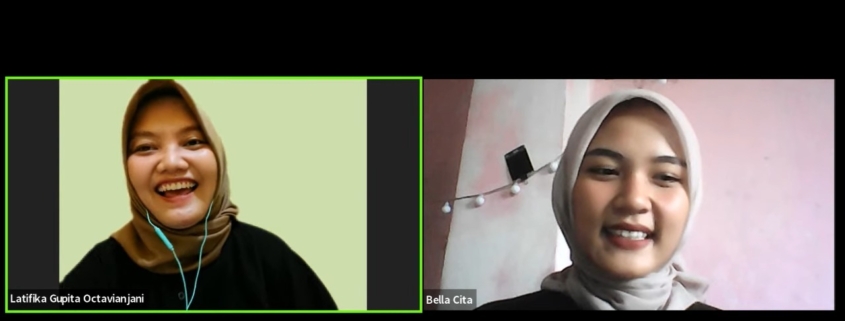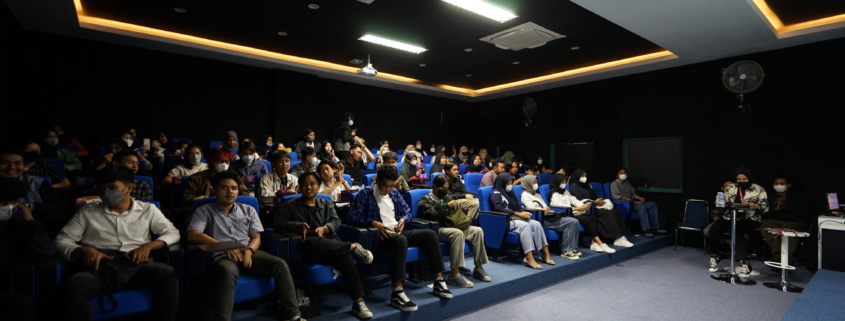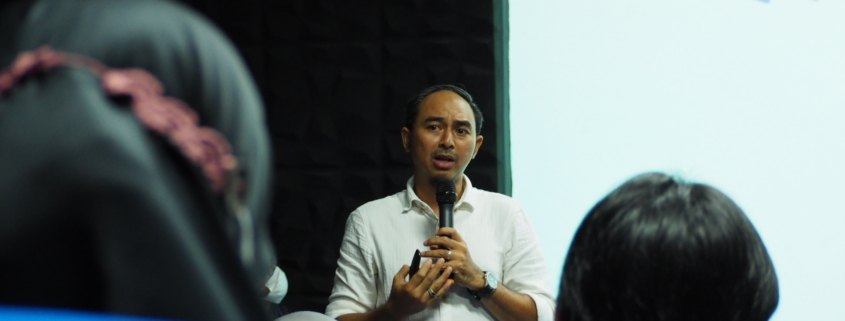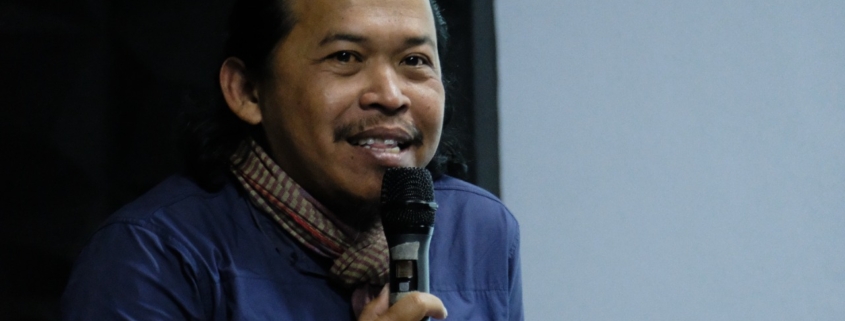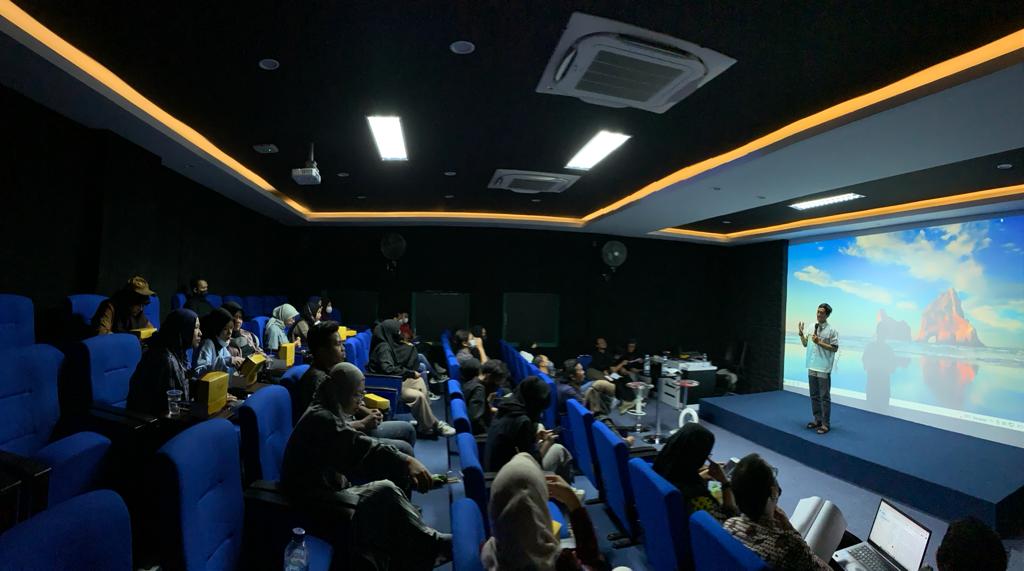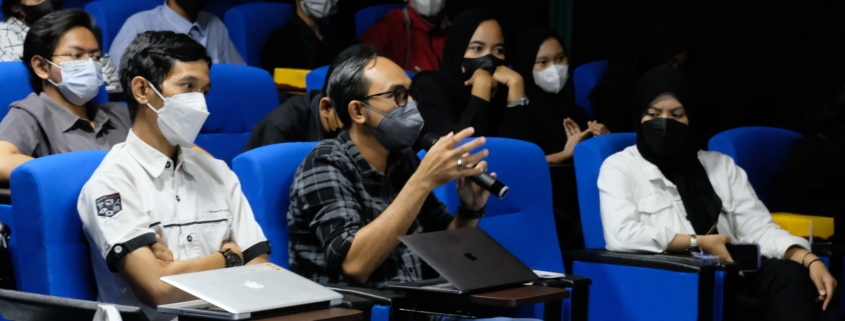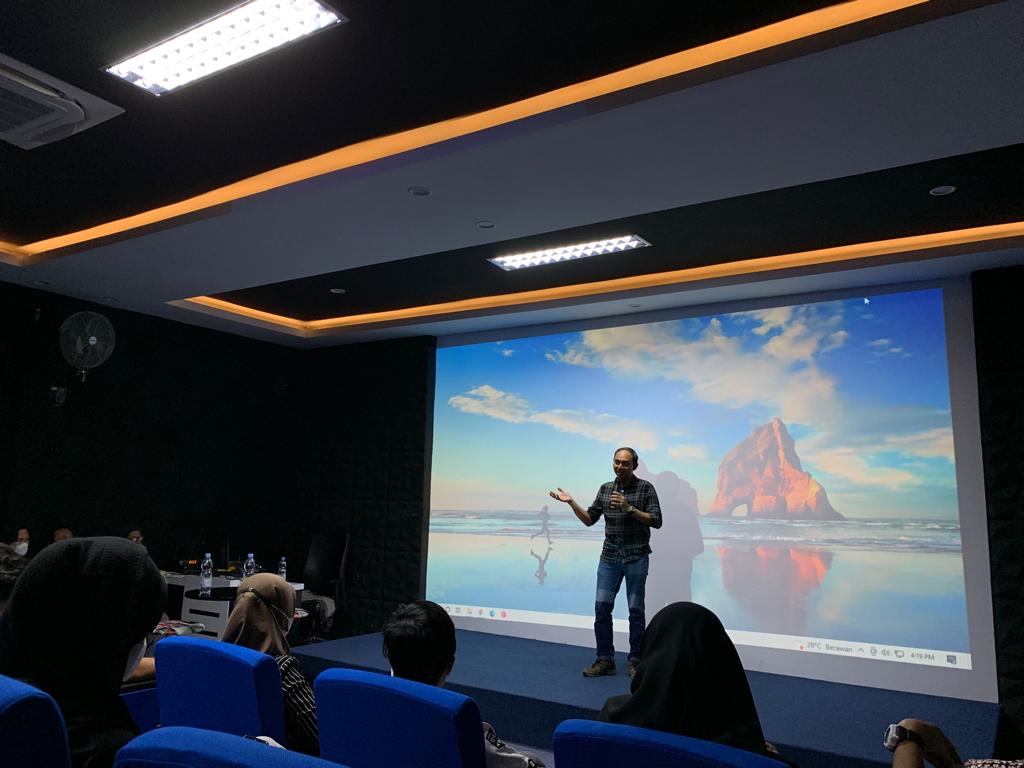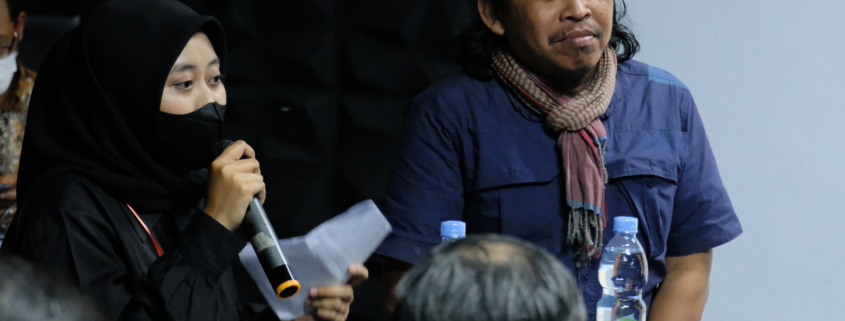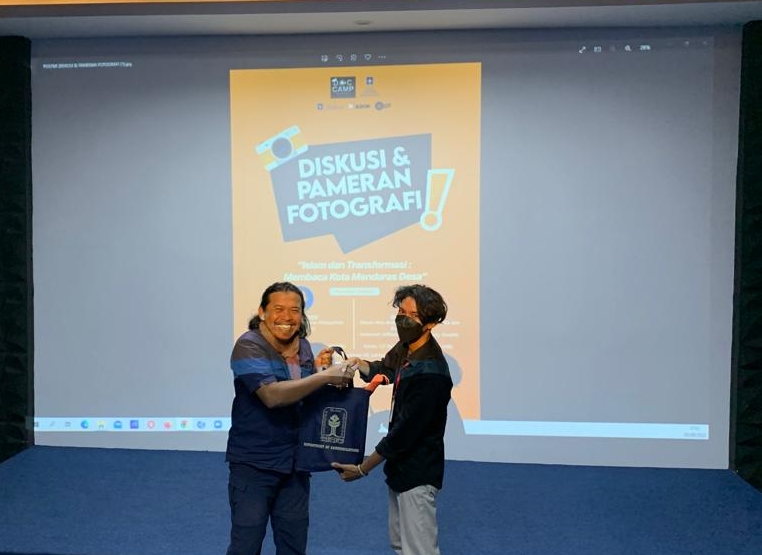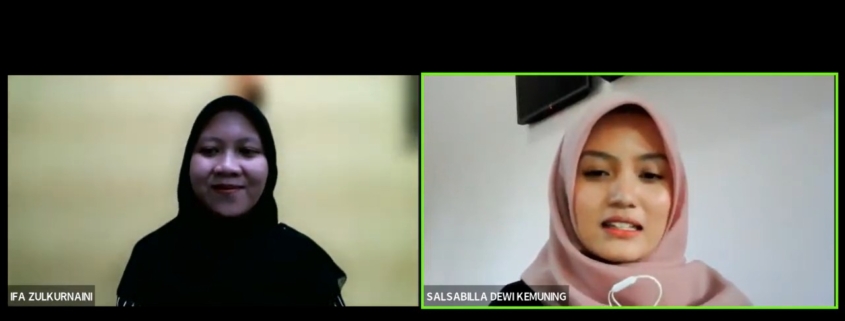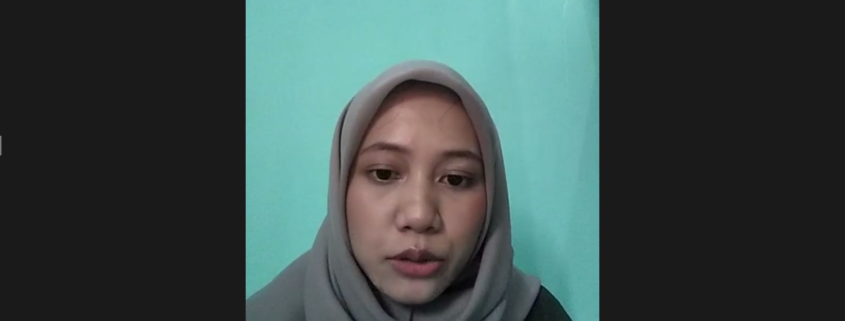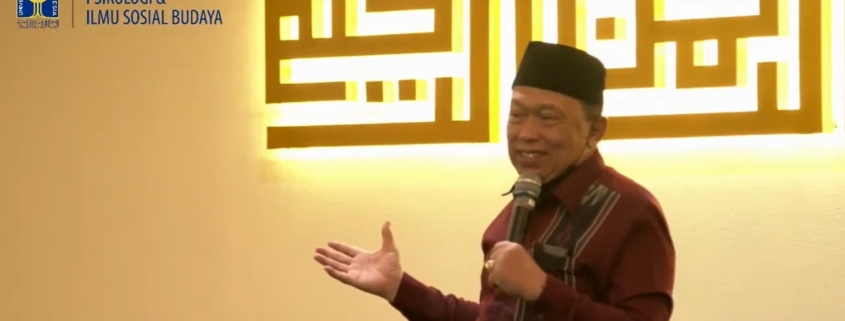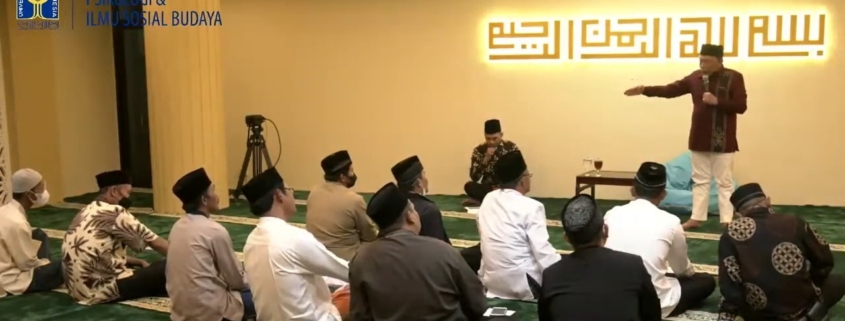Food Vlogs are becoming more and more common now. They were not only producing information or any entertainment content but also communicating the culture. The cultures are not only about art but also language, tradition, and the special way the food make. It varies what is covered. Starting with vloggers who produce content about regional Asian food in Indonesia. There are varied viewpoints regarding his vlog audience as well. Of course, a wide range of factors influences these diverse perspectives.
On the occasion of the Nadim Discussion session I in October, Bella Cita Nanda Hawa, UII Communication Alumni (international class) batch 2018, shared her experience researching viewers’ perceptions of Vloggers who create Asian food content. Through the Zoom digital conference room mediation, Bella was at the Nadim Discussion on October 7, 2022. The PSDMA (Center for Study and Documentation of Alternative Media) Nadim Communications UII is held regularly as a meeting room for academics at the Department of Communications UII to discuss temporary findings and research results, both in the form of a thesis, freelance research, and others.
In her research entitled, “Perceptions of the International Food Travel Vlog: Asian Food from Ria SW and Jwestbros,” Bella captures three findings. Viewers interviewed by Bella get international food Vlog content by Vlogger Ria SW and Jwestbros as three things. First, vlog content is a source of information, education, and entertainment. “Food vlogs affect the way viewers see and rate food. Food vlogs also influence viewers to try the food reviewed,” said Bella.
Viewers interviewed by Bella fall into two categories. First, viewers of food travel vloggers who have never been abroad and who have. After watching these two vloggers, She found no difference in effect or influence between these two categories.
Another finding is that this Asian food vlog does not only provide information about food content and traveling but also becomes intercultural communication between countries. “In some content, this Asian food vlogger also uses the local country’s languages,” said Bella. For example, when trying Thai cuisine, there is a Thai insert when reviewing. “The International Asian Food Travel Vlog also inserts information about the local culture that was visited,” said Bella.
Bella also compares some of her findings with international journals that discuss similar topics. For example, researching Food Vlogs in Bilaspur, India, food vlogs can be a restaurant promotion tool. Not only content affects viewers research in Chennai, India, also found that vlogger content can attract viewers’ attention due to three things: the vlogger’s body language, unique food, to technical aspects such as thumbnails on the video blog on the screen.
Watch the full show in the video below:

